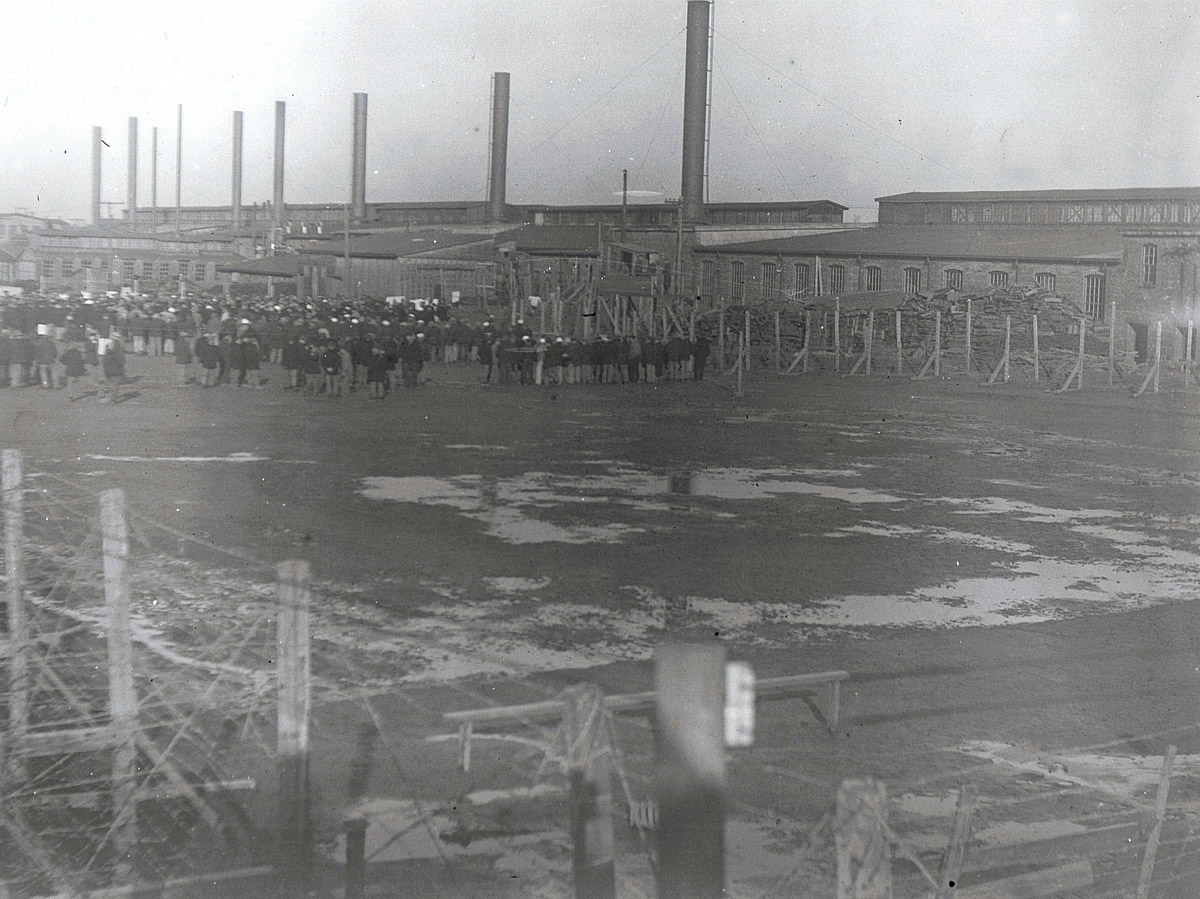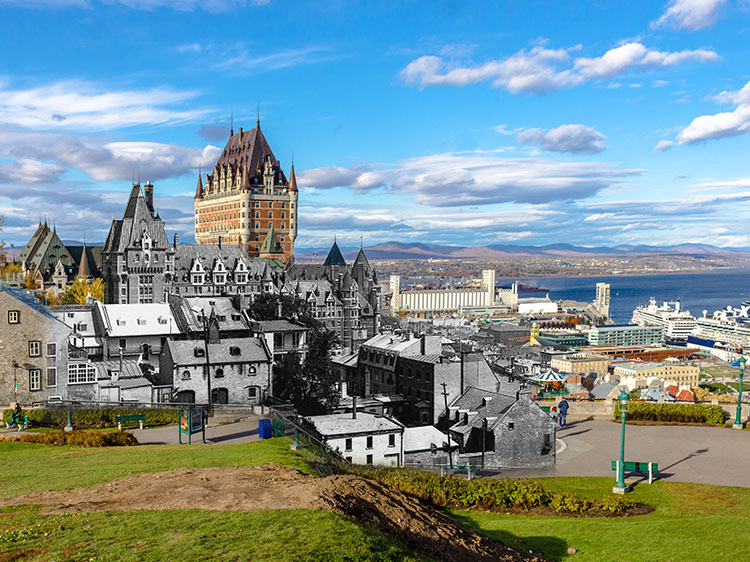Partner City
Charlottetown
Birthplace of Confederation
Prince Edward Island has been home to the Mi'kmaq people for thousands of years. The French were the first European settlers to come to this area, establishing a small settlement near present-day Charlottetown in 1720. The British seized control of the island in the 1740s, and Charlottetown began to develop in the decades that followed. It was home to the colonial governor, and became an administrative centre as well as a port. In the 1840s Province House was built, and in 1864 the Charlottetown Conference was held there, which paved the way for the Canadian Confederation. Prince Edward Island joined Canada in 1873. Today Charlottetown is a vibrant town with many cultural attractions and a popular tourist destination for visitors from around the world.
We respectfully acknowledge that Charlottetown is located within Mi’kma’ki, the ancestral and unceded territory of the Mi’kmaq people, who, in 1725 first signed the Treaties of Peace and Friendship with the British Crown. Those treaties did not deal with the surrender of lands and resources, but instead recognized Mi’kmaq title and negotiated a path toward an ongoing relationship between nations.
Explore
Charlottetown
Then and Now Photos
Prince Edward Battery
ca. 1800s
A sketch of the Prince Edward Battery at Governor's Point, showing the Charlottetown skyline in the distance. The battery was established in 1805 and upgraded during the War of 1812. In 1855 the guns were removed as there seemed little threat of attack, but they were brought back in 1865 in response to the threat of attack by Irish Fenians based in the United States. It was rebuilt near the end of the 19th Century, and then abandoned again in 1905. Today it's been restored to what it would have looked like in the mid-1800s.
Government House
Public Archives of P.E.I. Acc3466/HF74.27.3.23
1860
This is a view of Government House, residence of the Governor of the colony of Prince Edward Island. It was built in 1834 and site of the famous Charlottetown Conference that paved the way for Canadian Confederation.
Old St. Dunstan's
Public Archives of P.E.I. Acc3218/26
1861
The old St. Dunstan's Roman Catholic Church. In the 1890s later it would be replaced by the grand basilica we see today.
Fathers of Confederation
Library and Archives Canada C-000733
1864
Easily one of the most famous photos in Canadian history, this shows the delegates of the Charlottetown Conference posing for a group portrait in front of Government House. The Conference was pivotal on starting the colonies of British North America down the path to the Canadian Confederation.
W.E. Dawson & Co.
Public Archives of P.E.I. Acc3466/HF79.40.23
1882
Two men standing in front of W.E. Dawson & Co., a hardware store, if the shovels placed on display in front are any indicator.
City Hall & Fire Hall
Public Archives of P.E.I. Acc3218/56
1893
This impressive Romanesque style building doubled as Charlottetown's City Hall and Fire Hall. Notice the hoses and ladders by the doors at right.
The Bishop's Palace
Public Archives of P.E.I. Acc3218/25
1894
The building at left shows the Bishop's Palace. Behind it is the old St. Dunstan's Roman Catholic Church, and In the distance you can see the Province House.
Fort Edward
Public Archives of P.E.I. Acc3466/HF72.66.4.50
1894
Cannons and the artillery shed at Fort Edward, in Victoria Park.
View to Government House
Public Archives of P.E.I. Acc3218/53
1894
Looking up the tree-lined driveway of Government House.
Victorian Mansions
Public Archives of P.E.I. Acc3218/46
1894
A view of the stately Victorian Mansions on Prince Street. It is nice to see that most have survived to this day.
Ceremonial Arch
Public Archives of P.E.I. Acc3466/HF72.66.9.7.1
1894
A ceremonial arch has been erected by City Hall on Kent Street to celebrate the visit of the Governor General and Countess Aberdeen.
A Military Band
Public Archives of P.E.I. Acc3466/HF72.66.9.7.2
1894
A military band poses for a group photo under a ceremonial arch erected to mark the visit of the Governor General and Countess Aberdeen.
View of Queen Street
Public Archives of P.E.I. Acc3218/41
1894
A view of Queen Street looking north, with the City Hall in the background. You can see many men, women, children, and horses are milling about in the street.
Snowy Queen Street
Public Archives of P.E.I. Acc3218/71
1895
A horse pulls a sleigh down Queen Street, which has been blanketed with snow.
Building St. Dunstan's
Public Archives of P.E.I. Acc3466/HF72.66.22.12
1897
Scaffolding and cranes can be seen during construction of the iconic St. Dunstan's Basilica.
St. Dunstans Aflame
Public Archives of P.E.I. Acc3466/HF74.225.56
1913
A group of spectators watch as a ruinous fire at St. Dunstan's Basilica completes its work gutting the huge church.
Departing for the Trenches
Public Archives of P.E.I. Acc3466/HF80.28.9
1914
This photo shows local soldiers of the 2nd Canadian Heavy Battery before they are to depart for France. These would have been members of the first Canadian contingent, and could have had little notion of the hell that awaited them in France. It's unlikely many of these men survived the war. The photo was taken outside Beaconsfield House on Kent Street.











































